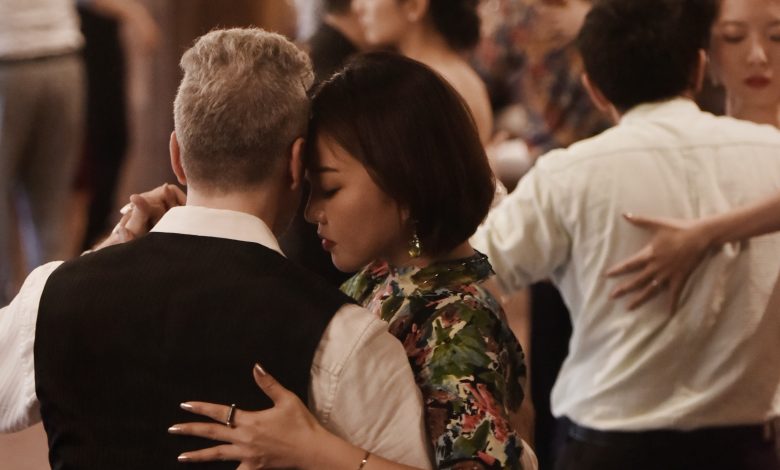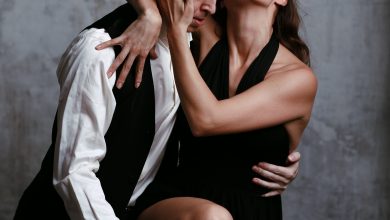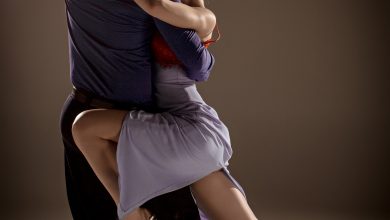The Salida

An Argentine Tango pattern that indicates a beginning of a move is called a Salida. The literal translation in Spanish means “exit”. In argentine tango dancing it means “the way out (onto the dance floor).” The most-often used Salida is a U-shaped pattern consisting of three steps. The pattern begins in the neutral position (feet together) with your weight on both feet. In tango you can start a new step pattern with either foot in any direction. Your weight on both feet prepares you to do that. The first part of the Salida is a Backward Single Step by the Leader: a single step against the line of dance. If you are the follower, step forward with your left foot. If you’re the leader, step backward with your right foot. Then — as usual with any step pattern — “follow through” with your free foot (the woman’s right, the man’s left) by bringing it up beside your other foot. Don’t put any weight on your free foot. The second part is the L-Shaped Two-Step Walk. If you’re a woman, step sideways with your right foot, bring your left foot near the right and step backward onto your left. If you’re a man, step sideways with your left foot, bring your right foot near the left and step forward onto your right. Follow through with your free foot by bringing it near your supporting foot.



